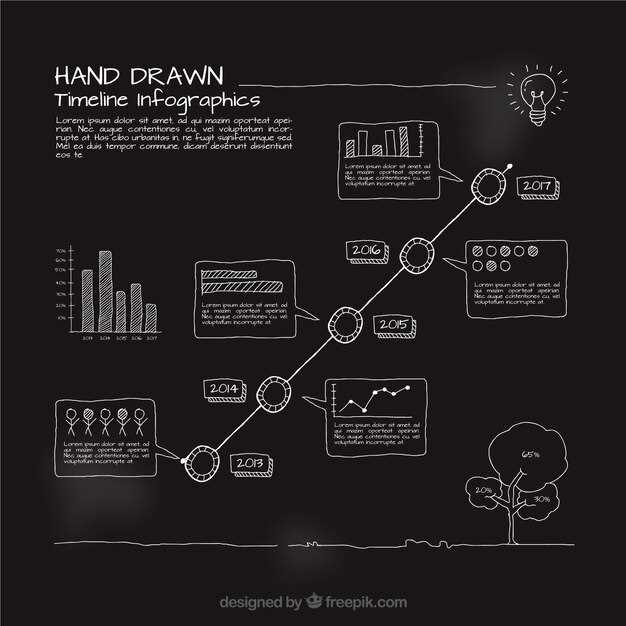Jeep through the decades – a brand timeline


The Jeep brand has carved out an unparalleled legacy in the automotive world since its inception. Established in the early 1940s, Jeep quickly became synonymous with ruggedness and off-road capability, setting a standard that many competitors have aspired to reach. Its evolution over the decades reflects not only changes in design and engineering but also shifts in consumer preferences and technological advancements.
Each decade has brought forth innovations and iconic models that define the Jeep experience. From the original Willys MB that played a crucial role in World War II to the modern Jeep Wrangler that embodies the spirit of adventure, the brand has continuously adapted while remaining true to its roots. This timeline explores the milestones that have shaped Jeep’s identity and its enduring appeal to enthusiasts and casual drivers alike.
Understanding the legacy of Jeep involves more than just a look at the vehicles; it is a journey through history that highlights the brand’s resilience and commitment to exploration. As we traverse through the decades, we will uncover the pivotal moments that have solidified Jeep’s status as an automotive icon, revealing how it has maintained its adventurous spirit while embracing the future.
Key Milestones in Jeep’s History from the 1940s to the 2020s
The Jeep brand has established a remarkable legacy since its inception in the 1940s. The first significant milestone occurred during World War II when the Jeep became the vehicle of choice for the U.S. military. Its compact size, four-wheel drive capabilities, and ruggedness made it indispensable on battlefields around the globe.
In the 1945 post-war era, Jeep transitioned from military use to civilian applications, launching the CJ-2A. This marked the beginning of the iconic Jeep lineup available to the public, setting the stage for recreational off-roading.
The 1960s saw the introduction of the Jeep Wagoneer, which redefined the concept of sport utility vehicles (SUVs) by combining off-road capabilities with family comfort. It established a new market that would grow immensely in the following decades.
The 1980s brought about the introduction of the Jeep Cherokee, which further popularized the SUV segment. Its unibody construction and modern design shifted consumer perceptions and solidified Jeep’s place in automotive history.
In the 1990s and 2000s, Jeep expanded its offerings with models like the Grand Cherokee, known for its luxury features and off-road prowess. This decade also highlighted Jeep’s commitment to environmentally friendly practices with the introduction of more fuel-efficient engines.
Entering the 2010s, the brand embraced new technologies and digital innovation, launching models such as the Jeep Renegade, which appealed to a younger demographic. The commitment to the Jeep legacy was evident in the integration of modern safety and connectivity features.
Most recently, in the 2020s, Jeep has focused on hybrid technology with the introduction of the Wrangler 4xe, merging traditional off-road capabilities with eco-conscious engineering, ensuring the brand remains a leader in both performance and sustainability.
Throughout these decades, the legacy of Jeep has been defined by innovation, adaptability, and a deep-rooted connection to adventure, securing its status as an enduring symbol of freedom and exploration.
Innovative Technologies and Designs That Shaped Jeep’s Legacy

The Jeep brand has a rich timeline of innovation, reflecting its commitment to adaptability and ruggedness. From its origins in the 1940s to modern-day advancements, several technologies and designs have significantly influenced its reputation.
One of the pivotal innovations was the introduction of the 4×4 drivetrain during World War II. This feature provided unparalleled off-road capability, allowing military vehicles to navigate challenging terrains. As civilian models emerged, this technology became a cornerstone of the Jeep brand.
The CJ Series, launched in 1945, introduced the concept of the first civilian Jeep. Its simplistic design and lightweight construction made it accessible to the average consumer, paving the way for recreational off-roading.
In the 1980s, Jeep embraced modernity with the launch of the Cherokee. This model featured a unibody construction, enhancing structural integrity while reducing weight. Additionally, it introduced advanced aerodynamics, setting a new standard for SUVs.
The 1990s saw the debut of the Jeep Grand Cherokee, which combined luxury with rugged performance. Equipped with advanced safety and comfort features, it expanded the Jeep brand’s appeal to a broader audience.
In the 2000s and beyond, Jeep began integrating fuel-efficient technologies alongside traditional off-road capabilities. The introduction of hybrid powertrains in models like the Jeep Wrangler demonstrated a commitment to sustainability while maintaining performance.
Most recently, the incorporation of smart technology such as Uconnect infotainment systems and advanced driver-assistance features has transformed the in-vehicle experience. This evolution ensures that Jeep remains relevant in an ever-changing automotive landscape.
The continuous integration of innovative technologies and designs has cemented Jeep’s legacy as a pioneering brand in the automotive world, adapting to consumer needs while staying true to its adventurous spirit.
Impact of Jeep on Off-Road Culture and Vehicle Enthusiasts

The Jeep brand has significantly shaped off-road culture since its inception, marking pivotal moments in its timeline. Originally developed for military use during World War II, the Jeep quickly transitioned into a civilian vehicle, captivating adventure-seekers and off-road enthusiasts alike. Its robust design, four-wheel drive capabilities, and versatile nature enabled it to conquer challenging terrains, laying the foundation for a new genre of automotive exploration.
As the decades progressed, the Jeep became synonymous with outdoor adventure. Its rugged aesthetic and strong performance drew in not just casual drivers but also a passionate community of off-road enthusiasts. The brand’s commitment to innovation, evident in models like the CJ series and later the Wrangler, fostered a culture of customization and modification, allowing vehicle enthusiasts to tailor their Jeeps to meet their specific off-road needs.
The Jeep’s role in popular culture cannot be understated. Movies, television, and advertising have often showcased the vehicle as the emblem of freedom and exploration. This representation has cemented the Jeep’s status within the off-road sphere, inspiring countless enthusiasts to embrace the outdoors and explore uncharted paths. Events such as Jeep Jamborees and off-road competitions further highlight this deep-rooted community bond that the brand has cultivated over the years.
Jeep’s influence extends beyond mere vehicle production; it has created an entire lifestyle around off-road capabilities. The brand has pioneered initiatives that encourage outdoor activities and responsible off-roading, reinforcing a commitment to environmental stewardship among enthusiasts. As a result, the Jeep legacy continues to thrive, inspiring generations of drivers to engage with the wilderness and traverse new frontiers.
In summary, the impact of Jeep on off-road culture and vehicle enthusiasts is profound and enduring. Its timeline is marked by innovation, community, and a lasting legacy that encourages adventure both on and off the beaten path.
